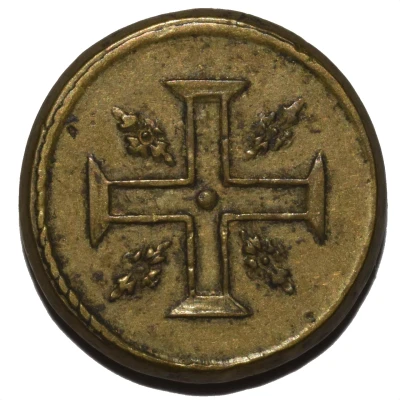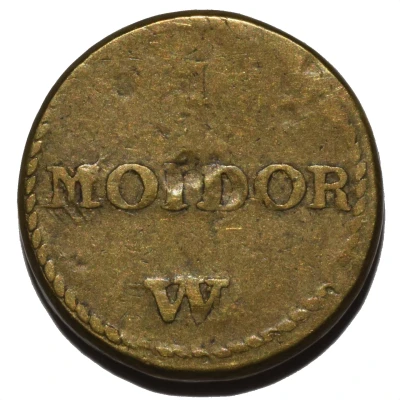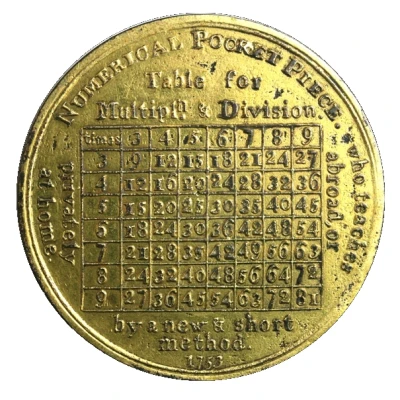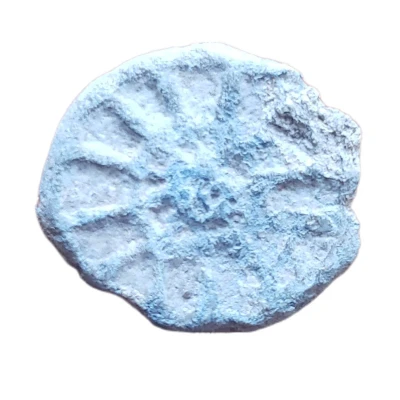
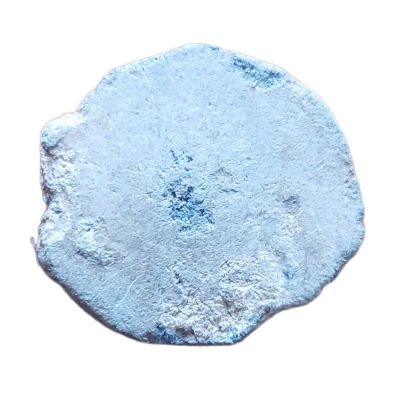

© RiderPL05 (CC0)
Lead Token Miscellaneous Objects, Celestial, Powell type 26 ND
| Lead | 4.27 g | 18 mm |
| Location | United Kingdom (United Kingdom, British Overseas Territories and Crown Dependencies) |
|---|---|
| Type | Trade tokens › Work encampment, mine and wage tokens |
| Years | 1715-1800 |
| Composition | Lead |
| Weight | 4.27 g |
| Diameter | 18 mm |
| Thickness | 2 mm |
| Shape | Round (irregular) |
| Demonetized | Yes |
| Updated | 2024-11-14 |
| Numista | N#370007 |
|---|---|
| Rarity index | 97% |
Reverse
Blank.
Edge
Plain
Comment
There were two total eclipses of the sun visible fromEngland in 1715 and 1724, and it is conjectured that these may have been the inspiration for
the occasionally found crescent and stars type. That of 1715 was particularly spectacular,
covering most of England in an approximately diagonal North-Eastern sweep; the northern
boundary of totality passed through Lancashire and Yorkshire, and the southern through
mid-Kent. That of 1724 described an East-South-Eastern path across the West and South of
England, the northern boundary running somewhere along the line of Aberystwyth-
Gloucester-Eastbourne; a larger number of the lead token areas, which are predominantly
eastern, are likely to have escaped totality, although they would still nearly all have
experienced a very great dimming of light.
